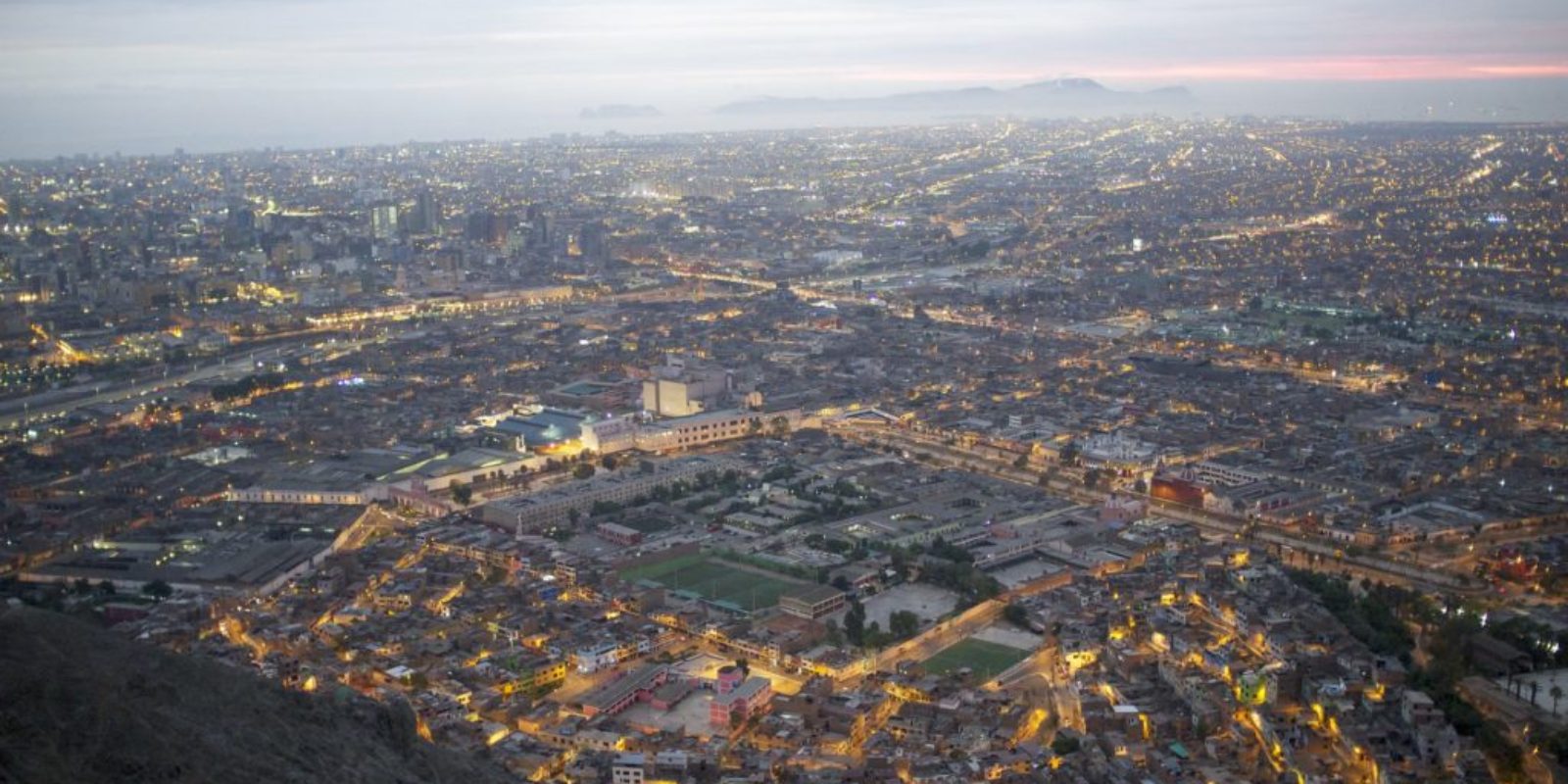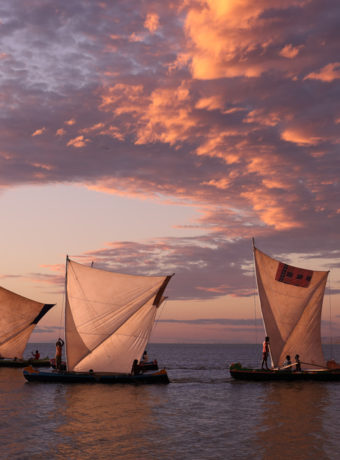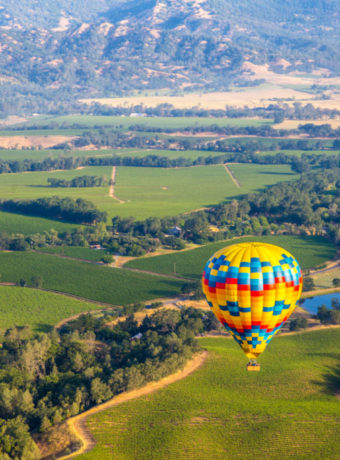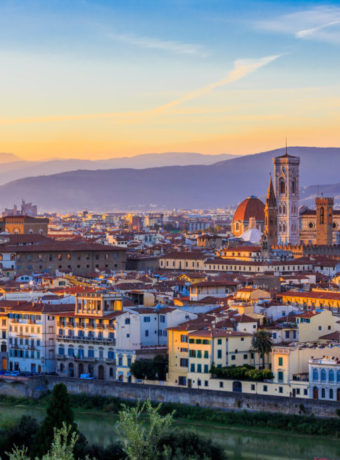To kick off this week’s series on Peru, I’m going to share a little bit about Lima, the capital. Lima lies on the coast of central Peru, in the valleys of three rivers. It is the third most populated city in the Americas (after Sao Paulo and Mexico City) with over 10 million inhabitants.
Lima, Peru
The Cuidad de los Reyes
The original inhabitants of coastal Peru were were the Itchyma people. The Incas occupied Lima in the 15th century. Spanish conquistadors arrived in the 16th century. The city was formally formed in January 1535 on the Feast of the Epiphany. The Spanish originally called it the Cuidad de los Reyes, or City of the Kings, but that name fell into disuse.

The historical centre of Lima is a UNESCO World Heritage Site, designated in 1988. The architectural styles range from Spanish Colonial to Art Nouveau to modern glass skyscrapers. The city is also a vast melting pot, with influences from European, Andean, African, and Asian cultures. Even the Liman Spanish is heavily influenced by the Castile dialect in Spain, unlike other parts of the country.
Visitors to Lima should also visit the ruins of Pachacamac, about 30km south of the city. Here, you can walk to the Templo del Sol and explore the other temple ruins. The most well-known building here is the Palacio de las Mamacuna, but you cannot visit it. Thanks to the recent earthquakes it is highly unstable. Unfortunately, there is no money to fix it, putting it squarely on the list of endangered archaeological sites.
Location, Location, Location
Despite its tropical, coastal location, Lima is the second driest capital city (after Cairo). Due to it’s proximity to the ocean, Lima enjoys slightly cooler temperatures than other tropical cities.

Lime lies on the cliffs above the Pacific Ocean at approximately sea level. It slopes nearly 1,600 metres into the hills though and is a good place to acclimate to the altitude.
Culinary Genius
Lima is near the top of the list of foodie heavens. With a culinary scene 400 years in the making, the influences here are predominantly indigenous and European. A healthy dose of Asian and African flavours round out the cuisine.
Many Peruvian dishes have a local twist on them. These are European dishes whose first chefs had to use what was available in Peru. Think potatoes, quinoa, kaniwa, root vegetables and tubers, maize, and chilli peppers.
Each September, one of the world’s best food festivals occurs. Known as Misturas, the ten day event features globally known chefs alongside street vendors, nutritionalists, bakers, food producers, and more. Peruvian chocolate is popular around the world, as is coffee grown in the highlands.
There are some excellent food tours within the Virtuoso network, as well as exquisite lodgings in the middle of the city. I haven’t yet shared my series about why you should book with a Virtuoso travel advisor, so check out my Instagram for weekly posts about that very topic!
Don’t forget to check back tomorrow at 10am EDT for more on this week’s destination: Peru!



